If someone can retire at 99, die at 102, and still leave us feeling like we didn’t get enough of him, then it’s fair to call that person a national treasure. In which case Al Jaffee’s death has left our treasury sadly depleted.
Hang on… Al Jaffee died?
“No, he just became an underground artist.”
Which is one of two things you will read about Jaffee in most of his obituaries: he created Snappy Comebacks to Stupid Questions, which every kid in America thought was hysterical until the first time they tried it on Mom; also that other thing on the back cover of MAD that my sisters tended to mangle before I got a shot at it.
As the song goes, you gotta have a gimmick, and nearly all of MAD Magazine’s Usual Gang of Idiots did: Frank Jacobs wrote the “sung to the tune of…” parodies, Sergio Aragonés owned the marginalia, Phil Hahn and Paul Coker, Jr. gave us Horrifying Clichés, and Don Martin vastly enriched our sound effects vocabulary.
MAD was literally organized into departments—and nearly all the recent tributes seem to agree that Al Jaffee’s department was the Fold-In.


Jaffee’s last Fold-In to be published in the August 2020 issue of MAD.
If that’s all he’d ever achieved, it would have been enough. But the man was so much more than the first line of his obituary.
Unlike his most famous creation, he could not be simply folded in from a huge, tangled mess into a simple punchline. Al Jaffee contained multitudes.
Start with his childhood, which turned the Great American Immigrant Story on its head.
Though he was born in Savannah, Georgia to Jewish Lithuanian parents (as Abraham Jaffee), his mother soon soured on America and took all four of her children back to the Litvak shetl of her homeland. At the Hamburg train station, his mother simply wandered away from her children, leading the six-year-old Jaffee to realize that he couldn’t rely on his mother to protect him; he was on his own. Three years later, he would draw a cartoon of this experience—his siblings wandering around the station while young Al tries to pull his younger sister’s baby carriage off the train tracks.
Occasionally his father would send care packages from America, including Sunday color comics that fueled Jaffee’s developing talent as an artist. As he depicts in another early cartoon, he amused the local boys by drawing pictures of Mickey Mouse in the sand. As it was for many artists, drawing was self-therapy… and a lifeline back to America. Jaffee would return there. His mother did not… and was likely murdered after the Nazis invaded Lithuania.
In 1936, as a junior high school student in the Bronx, Jaffee met another budding class clown, Wolf William Eisenberg. One day, their class was asked to draw something in the art room: Jaffee drew the town square of his mother’s hometown, while Wolf drew a peasant. As Jaffee recalled in Mary-Lou Weisman’s Al Jaffee’s Mad Life, he and Wolf were the only children called to the principal’s office. Jaffee was terrified until Wolf leaned over and said, “I tink dere gunna send us to art school.” Wolf Eisenberg would later change his name to Will Elder. He was right.


Jaffee and Elder in the lunchroom at the New York High School for Music and Arts, 1939
His early editors included Stan Lee, for whom he created the Superman knockoff Inferior Man—one of the first, if not the first of a long line of parody super heroes. His gift for lampoon brought Jaffee to the attention of Harvey Kurtzman, who recruited him for the four-color MAD comic book. When Kurtzman left the early four-color MAD, Jaffee followed him to Humbug. After that folded, he still had enough unpublished Humbug material to get himself hired at the newly reconstituted MAD Magazine we all know and ecch over. In 1964 he invented the Fold-In, and soon after that he gave us Snappy Answers. And that’s his story.


Except that there’s so much more to that story. Yes, he was an excellent gag writer, a fine artist.
But at heart Al Jaffee was an inventor. Like Galileo and Da Vinci, an inventor who could draw.
Take the Fold-Ins and the Snappy Answers. These aren’t simply comic features like Dave Berg’s “The Lighter Side” or Don Martin’s “One Fine Day.” They’re physical and open-ended, templates that can be used to generate any number of gags. The genius of the Fold-In isn’t the punchline, but the interaction it requires from the reader: you have to physically fold the page (and carefully, too) for the joke to make any sense.
The Snappy Answers typically included an empty dialogue balloon to write your own comeback (I often did, though rarely with Jaffee’s success). Al Jaffee didn’t just write and draw comics: he invented comic formats. Lots of artists knew how to be funny. Jaffee brought you in on the act.


And then there’s Al Jaffee the literal inventor. As the comedian Benjamin Errett observed, Jaffee was almost certainly a creative disciple of Rube Goldberg, whose comics may very well have been included in those care packages from his father. It was Goldberg who lent his name to a plethora of needlessly complicated devices, inspiring everyone from Doc Brown to Pee Wee Herman (for what it’s worth, Errett speculates that Jaffee’s Snappy Answers may have been inspired by Goldberg’s own Foolish Questions series). But where Goldberg’s inventions were fanciful, Jaffee’s seemed… almost real.
The typical Jaffee creation solved a minor irritation of modern life—keeping dog poop off your shoe, sneaking a cigarette, beating rush hour traffic—in delightful, often eminently practical ways.


Many of these have since leapt off the pages of MAD into real life: auto-redial, peel-and-stick postage stamps, multi-blade razors, multi-roll toilet paper dispensers, and the sippy cup.
The Army taught Jaffee how to draw blueprints, and his diagrams were so meticulous that they could have passed muster in a patent application… even if they were for a self-extinguishing cigarette or a parking garage based on the concept of a Ferris wheel (both ideas that have come to be).
At the height of the Covid epidemic I received the gift of nostril-sized air filters. A great idea… but once again, Jaffee got there first.


And he left us last.
Jaffee’s career started in 1941, so he officially qualifies as a Golden Age artist, and his death shatters one of our last remaining links to that era. As of this writing, Sergio Aragonés and Dick DeBartolo are still with us, but most of the Usual Gang of Idiots are gone (I didn’t have the heart to title this “The Last Idiot,” though it was my first inclination).
In losing Al Jaffee, we’ve lost our connection to a time when the medium of comics was still evolving and open to ingenious minds like his. This may be the real reason why, in spite of everything he gave us, it’s the Fold-In that we associate with Al Jaffee.
As brilliant as the concept was, few other artists have dabbled in Fold-Ins (apart from direct tributes to Jaffee like Beck’s video for “Girl”). It’s an art form he had to himself. Everything else that he invented—snowboarding, spellcheck, graffiti-proof paint—he gave to the world freely.
“I could imagine those things,” Jaffee said. “That was the fun part. But I never had the problem of trying to figure out how to manufacture them.”
His imagination was all we ever needed.
The rest is left for us to fold in and discover.


















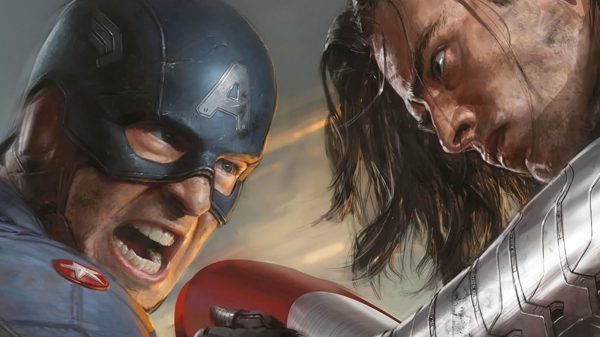



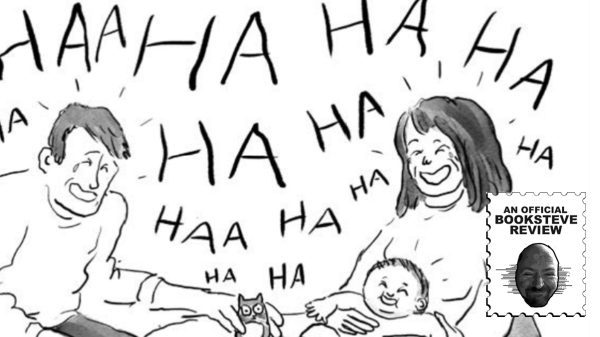



























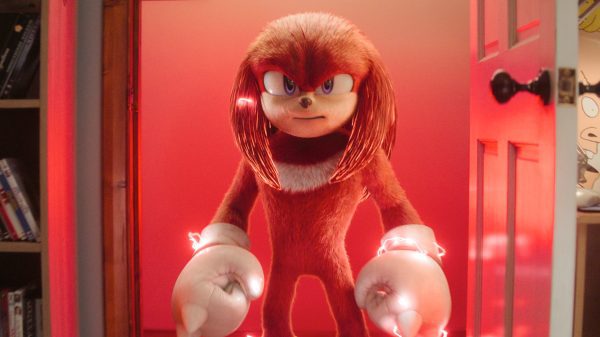





































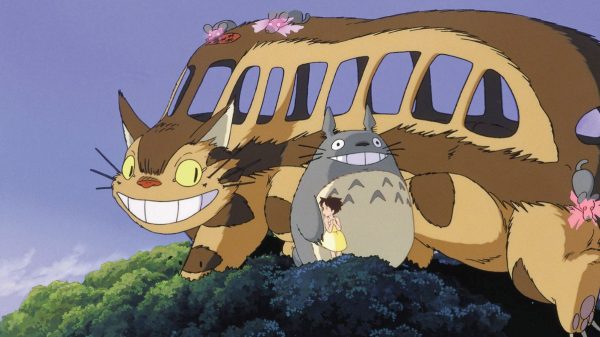
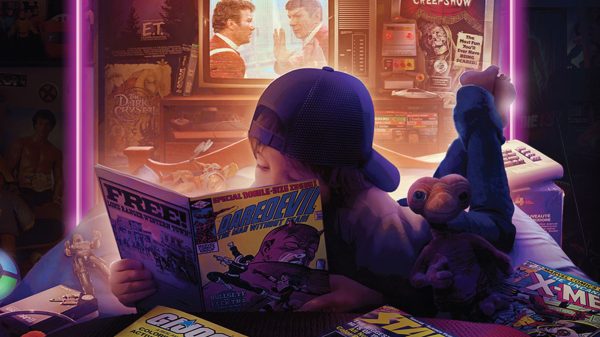











You must be logged in to post a comment Login